A mere speck on the world map to an outsider, it is much more to a Lithuanian – a country that was built over thousands of years. It is a place that intertwines the experiences of our ancestors, the battles that were fought, and the love that was shared. So what is Lithuania? Lithuania is mostly about its people. The people who built the state and the cities, who engendered cultural enrichment and knowledge, and who searched for their true identity. Lithuanians are proud to have been brought up in a country with such a rich historical past, and they try to accentuate their national heritage by doing their best on stages and in sports arenas, by being great painters and authors, by singing their hearts out to thousands of people, and by making their presence known with the tricolor flag.
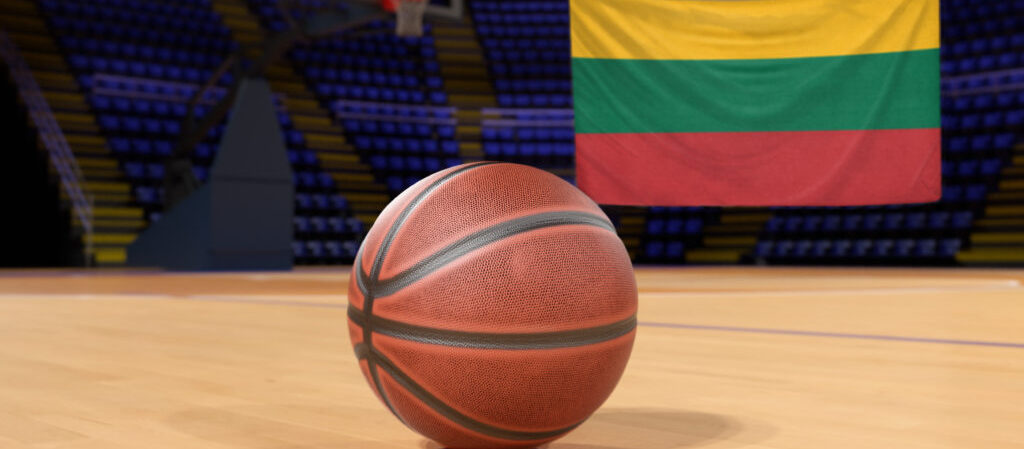
There is no point talking about football in Lithuania: nobody will tell you anything about our achievements in the sport, or give you any world-famous or impressive names. But Lithuanian basketball is a totally different story. Lithuanians are ready to do anything to watch and play it, quite literally. Basketball and the emotions it creates are so deeply rooted in our genes that most children have no second thoughts about which sport to go for.
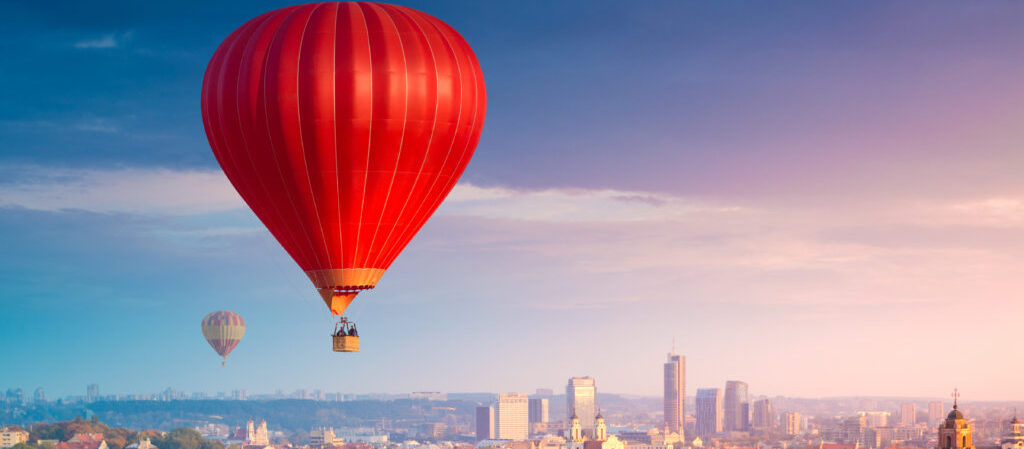
Lithuanians are incurable romantics: we are among the top five countries with the largest number of hot-air balloons and balloon pilots per thousand residents; and international travel magazines have already put Vilnius and Trakai on lists of top 10 places to see from the sky for several years.

For more than 400 years, students have studied at Vilnius University, professors have carried out their research here and the first step ad astra has been taken from here to the stars of science, culture, philology and philosophy. Vilnius University was founded in 1579 by Jesuits. The prosperous university had a printing house and lecturers who came from other Catholic universities in Western and Central Europe to give lectures that applied their teaching principles and intensive study programmes. Vilnius University’s Faculty of Theology was renowned in Europe for its modern ideas. Today, voices of students from all over the world can be heard amid the university’s walls, which are adorned with masterpieces of art and architecture – and it is a place where scientific developments and discoveries are made that startle the world. The architectural ensemble of Vilnius University situated in the Old Town houses the faculties of history, philology and philosophy, but also numerous courtyards. How many courtyards are there? Be sure you don’t lose count when you try to add them up.
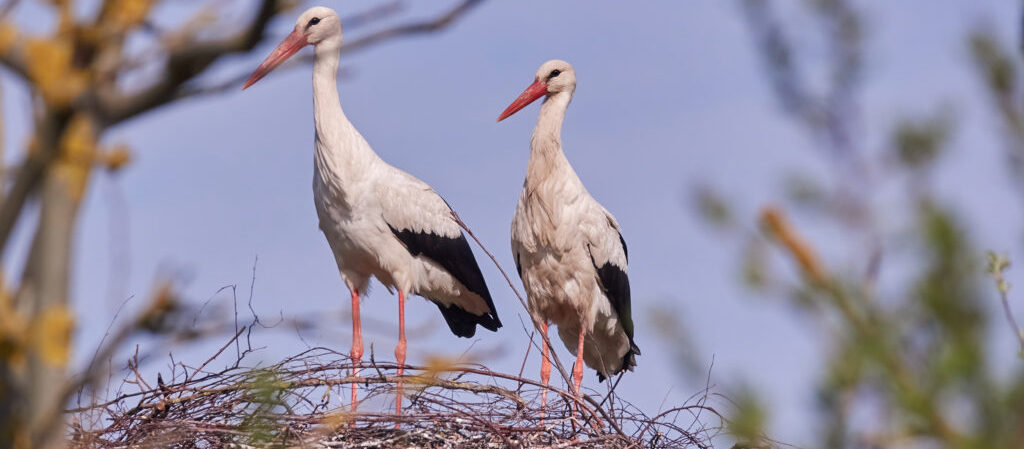
Lithuania is famous for flyways of rare birds. In autumn, some birds raise their strengthened wings, use sounds only they can understand to get everyone together, and migrate to where it’s warm. They come back in spring, nest, breed and cheer us with their songs. When birds start to migrate en masse in autumn, up to a million fly along our coastline each day. The birds’ flyway stretches above Ventė Horn, a unique place where the Ventės Ragas Ornithological Station was established in 1929. The station’s ornithologists not only tell interesting stories to curious visitors, but also give them the possibility of ringing birds taken from the catching traps. These birds then carry the message about where they were seen.

We treat Lithuanian Amber as our gold. Amber has been around on this earth for millions and millions of years and protects our history. Today, it is impossible to imagine what the world looked like 50 million years ago. It is known that Europe, including Lithuania, was covered in forest. Drops of resin that fell from trees did not dissolve in water and were carried by rivers to the sea. It was a long journey, so various objects became trapped in the resin on the way, including insects, spines of plants, grass and soil of different colours. After remaining for thousands of years at the bottom of the Baltic Sea, these pieces of resin have turned into amber, which is referred to as the gold of Lithuania. Today, we still count on the unique properties of amber, using it to craft jewellery, as well as in the form of amber powder, oil and incense in spas. Stormy seas still throw up pieces of amber, and finding some is a real joy.

The Lithuanian language is like a workout for the brain: anthropologists say that its archaic letters and unusual-sounding words really make our brains exercise. The language is truly old and is similar to the classical Indian language Sanskrit, as well as to ancient Latin and Greek to some extent. What do you need to know about Lithuanian? It has no articles, and uses word endings instead of prepositions to indicate relationships between words in a sentence. Words have stresses that can totally alter their meaning depending on how they are used. We love diminutives, and have no swear words. If Lithuanians feel the need to curse and swear, they might call someone mean a grass snake or a toad. We also have a letter, “ė”, that does not exist in any other language. This letter is a symbol of femininity, because it is used at the end of women’s names.
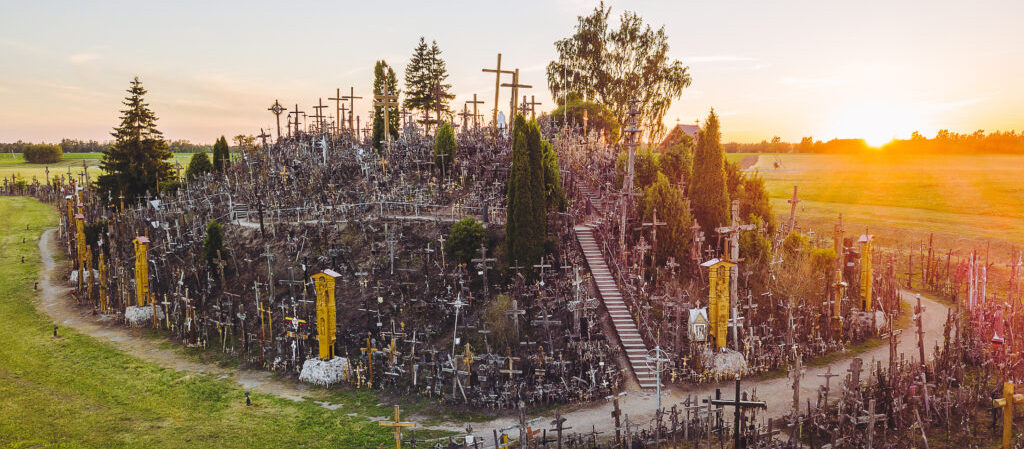
The Hill of Crosses near Šiauliai used to be the site of a castle, but the Teutonic Knights destroyed it and set it on fire. People started erecting crosses on the hill in the mid-1800s in remembrance of the dead, as a plea for health and long years of life. The crosses were put up by pilgrims and people who came here with their prayers and pleas, as well as artists and talented craftspeople. The Lithuanian art of cross-crafting, which survived austere Soviet times until today, is on the UNESCO Intangible Cultural Heritage List. An extraordinary aura, gratitude, wishes, dreams and expectations are part of this hill and people begin and end pilgrimages at this cross. The travel website Condé Nast Traveler listed this hill with its thousands of crosses among 20 scariest places in the world. Of course, the compilers of this list would maybe not like to spend a night on the hill, but to us it is a place of light and hope – and something that represents our historical and cultural traditions.
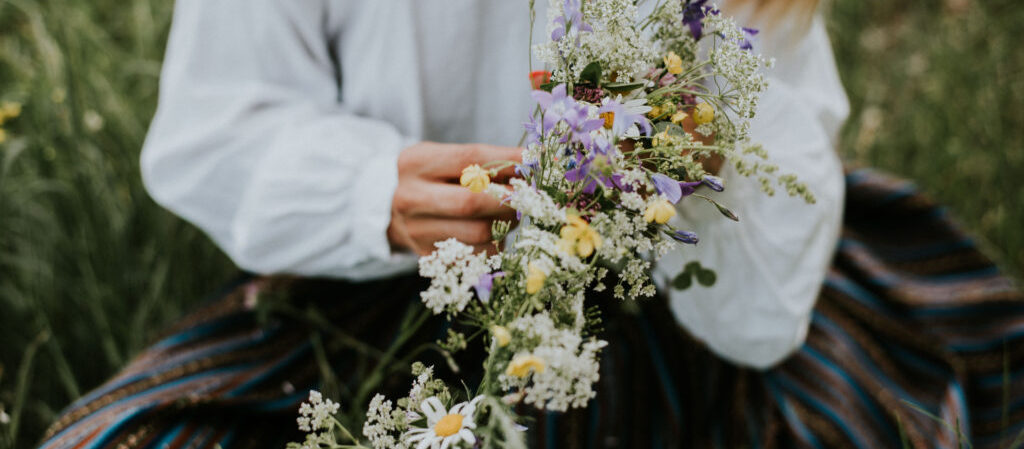
The Lithuanian climate will surprise you. There are four different Lithuanias. If you have ever visited us in spring, you may think you came to the wrong country if you were previously here in winter. After a long winter, spring makes us happy with its smell of blooming flowers, blossoming apple and cherry trees, and chestnuts covering everything on ground with their petals. Spring awakens our yearning for travel and adventures. After that, we have green summers. The forests are full of wild strawberries, and the cities open their doors and windows to guests. Autumn smells of apples and mushrooms, and is a season of great jazz, theatre, exhibitions – and also modern art. Autumn is a perfect painter that gives vivid colours to forests, fruits and vegetables in gardens, and plates in the best restaurants. You will need warm clothes and footwear in the winter here, as it’s likely you will have to wade through snowdrifts. If you want heat, you will find it in the nightclubs of Vilnius and Kaunas – and if that is not enough for you, we’ll get a real Lithuanian bathhouse ready for you and relax you with a massage using bath brooms we made during the summer.
When we talk about Lithuanian technologies, there is no doubt that we have ambitions. These are apparent when we look up to the sky, where our satellites orbit the Earth along with others. Lithuania has always been a nation of dreamers – rur country is small, but we are ambitious and are always several steps ahead of others in focus areas we pursue. Antanas Gustaitis developed the first monoplane, ANBO I, in 1925, making Lithuania famous for this worldwide; and today, Lithuanians develop LituanicaSAT satellites at the space technology company NanoAvionics. Laser systems developed and manufactured by Lithuanians are used by NATO soldiers; components produced in the country help develop quantum computers; and scientists of the world have already used DNA scissors technology developed by Lithuanians. Meanwhile, NASA engineers and researchers show great interest in human brain diagnostics and monitoring technologies being developed at the Health Telematics Science Institute at Kaunas University of Technology. Artists also use technological innovation in their creations: have you ever heard the musical sounds created by Internet users browsing on a 4G network?
If a Lithuanian you meet in a bar proudly declares that Lithuanians once watered their horses in the Black Sea, don’t get the impression that this is all because of the amount of beer that person has drunk. The truth is that the Grand Duchy of Lithuania was one of the biggest countries in the world for more than 300 years. King Mindaugas defeated the Livonian Order in 1236 and united the lands of the Lithuanians. His work was continued by Grand Duke Gediminas, who managed to develop a country in which people of different nationalities and religions lived together. Vytautas the Great, who succeeded Gediminas, continued to make Lithuania stronger and its lands stretched as far as the Black Sea. In the 15th century, Lithuania was a central European state that covered the territories of modern Lithuania, Belarus, Ukraine and part of Poland. Adeptly ruled, strong and modern, the country survived until 1795.
More information about Lithuania